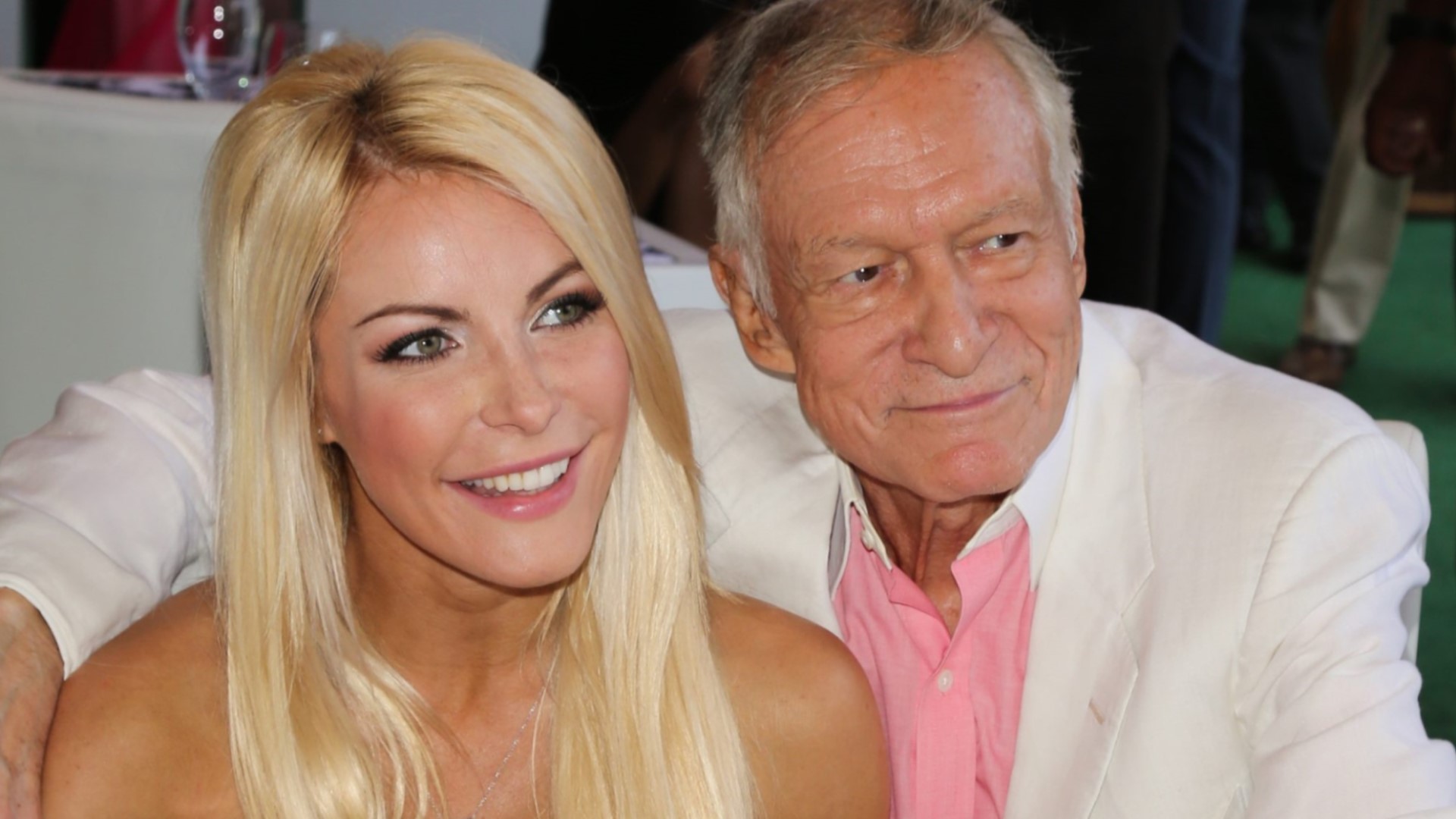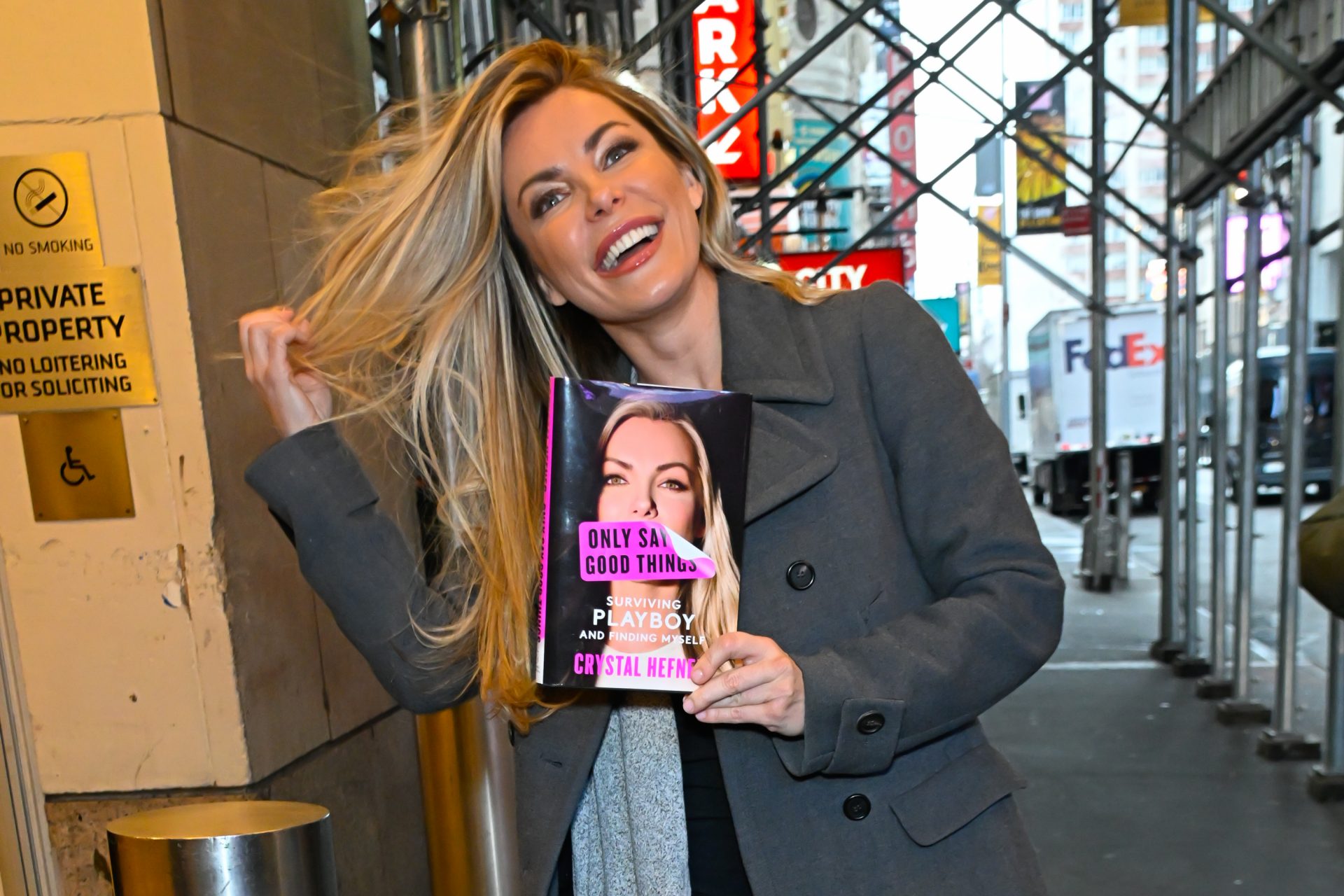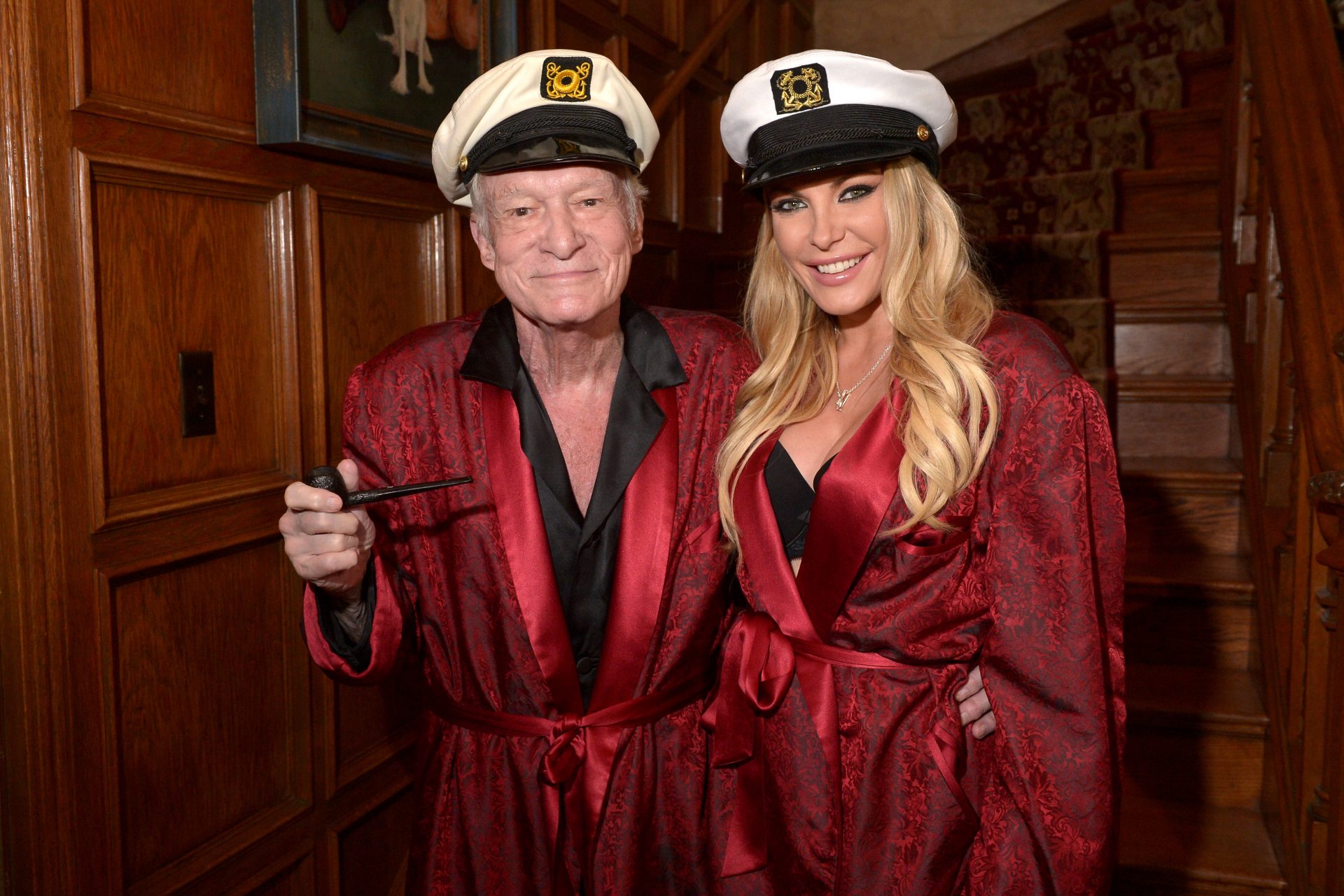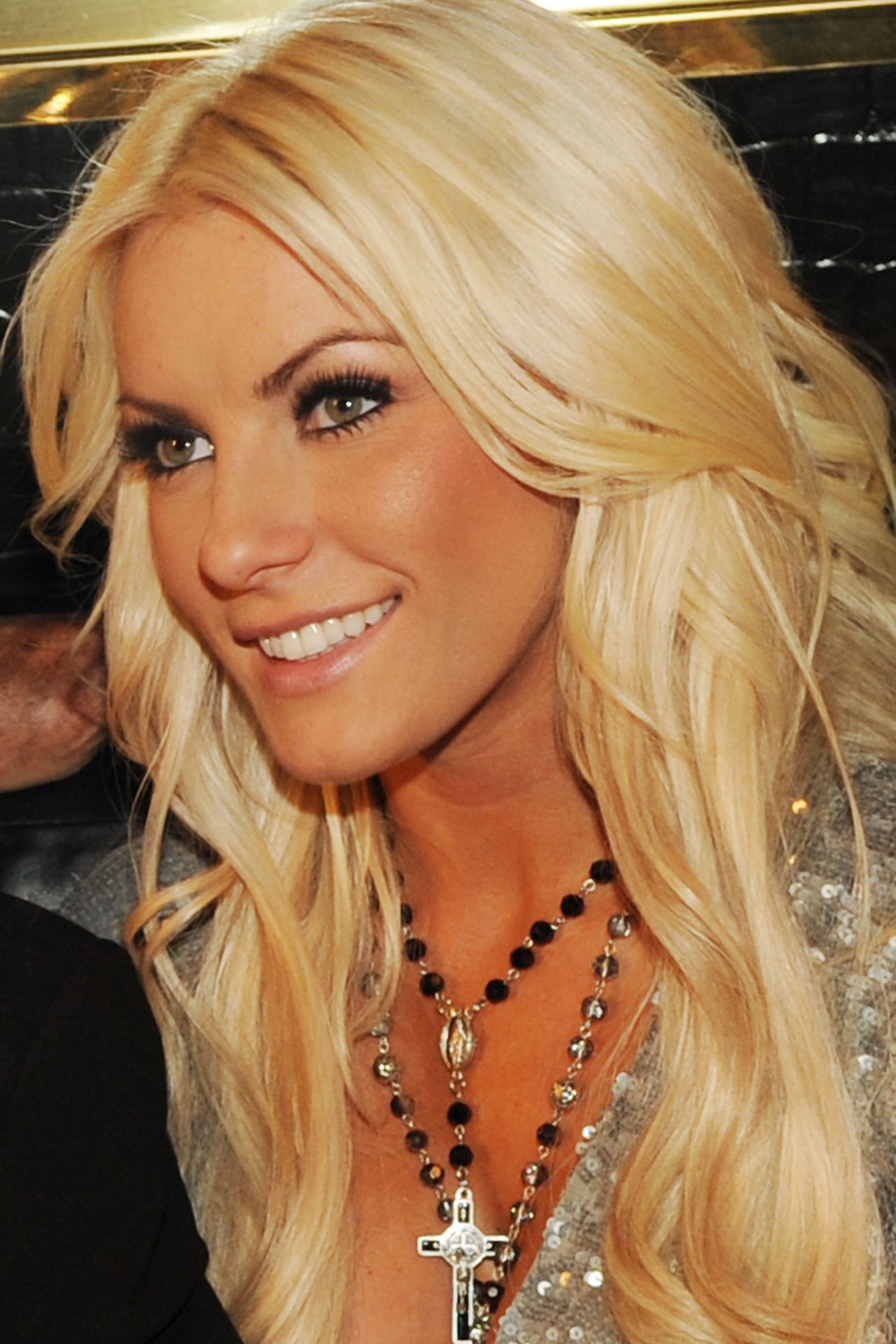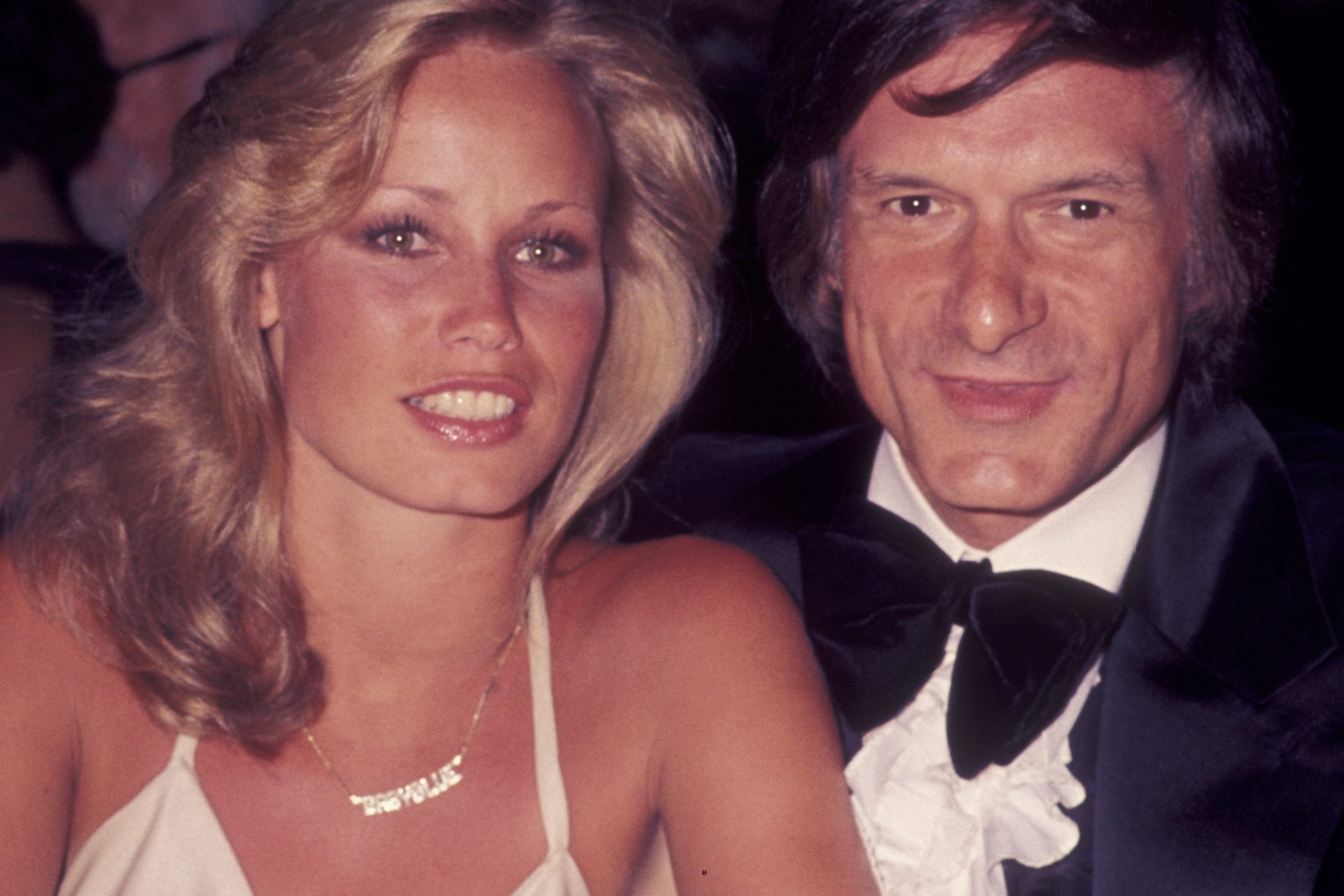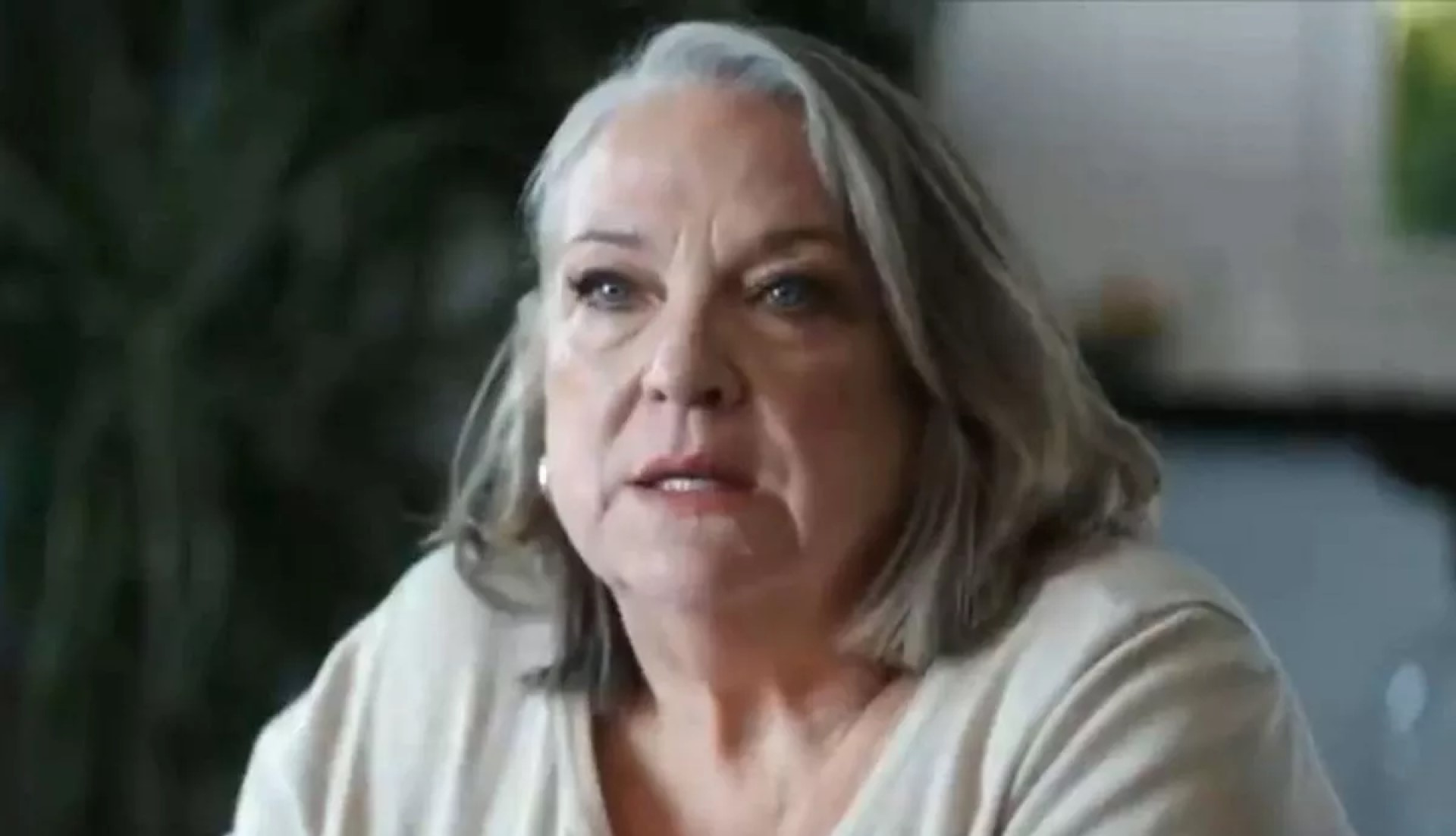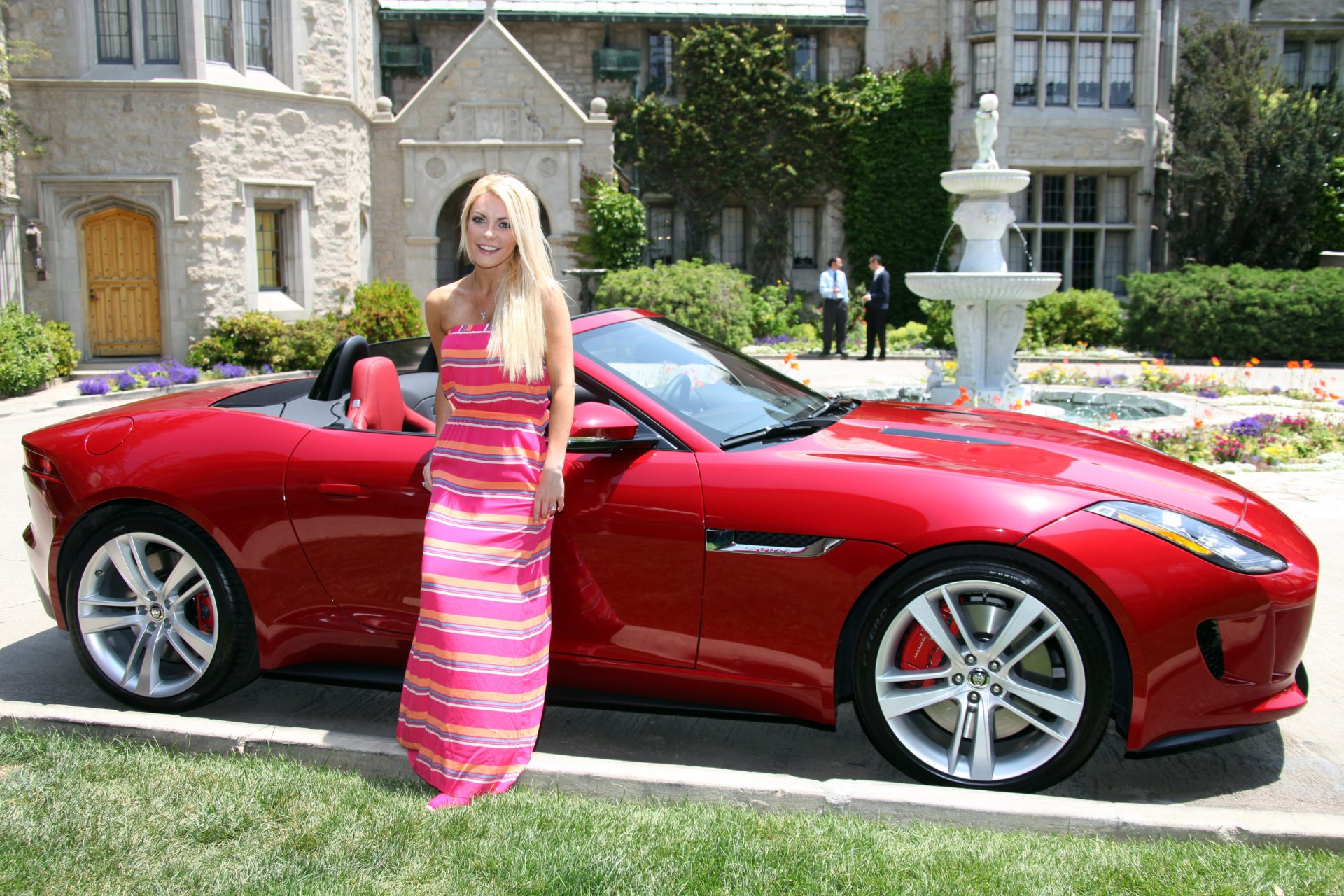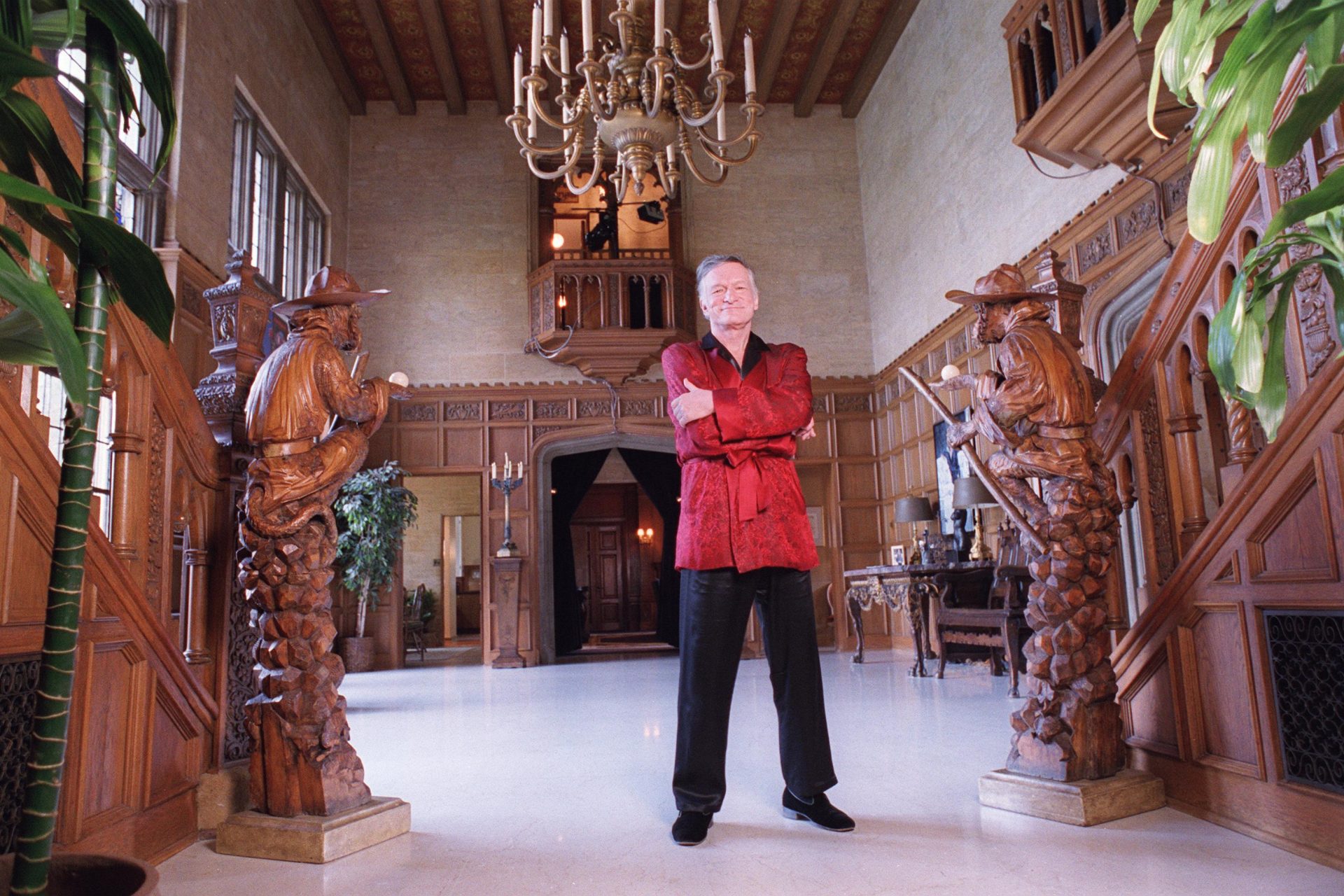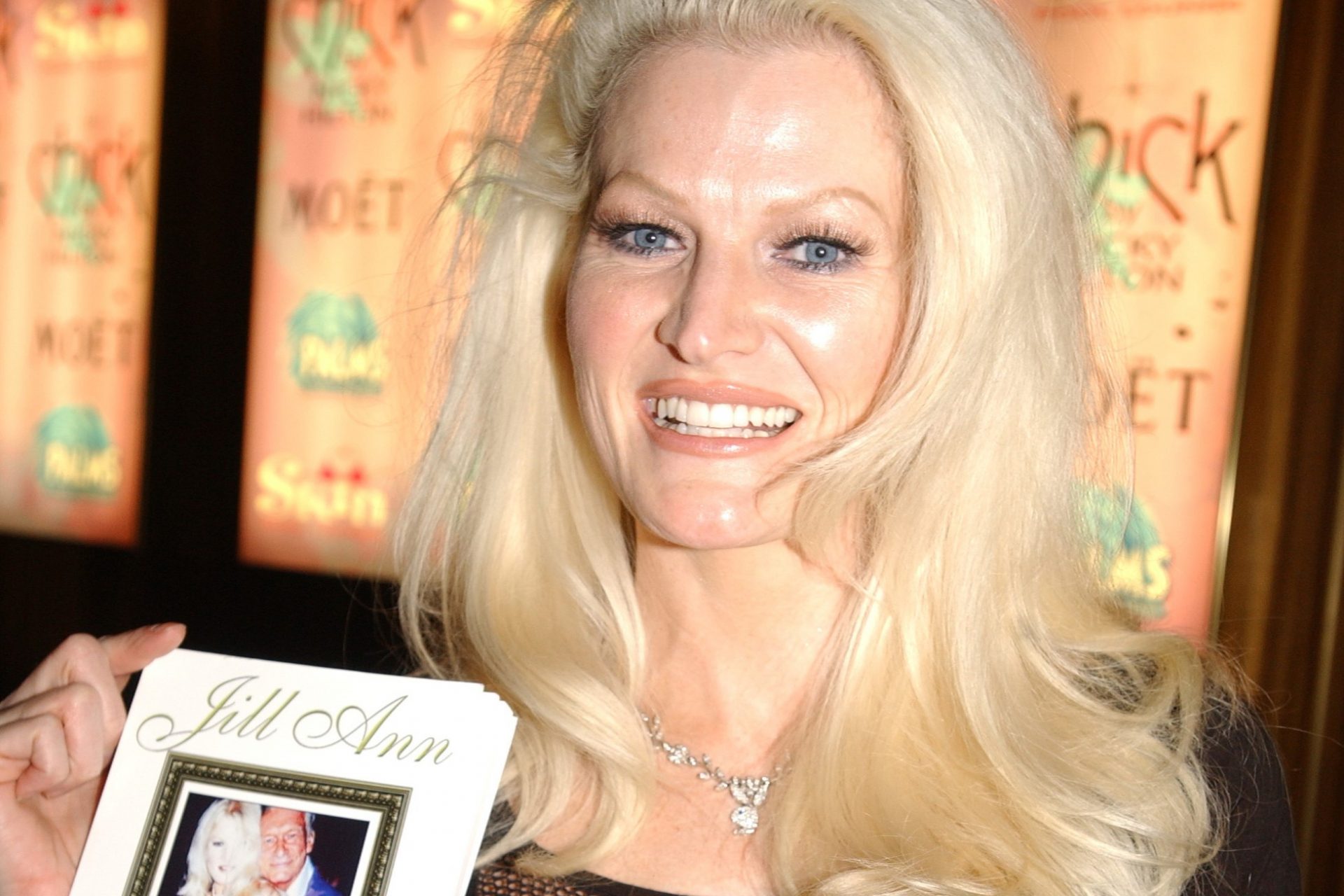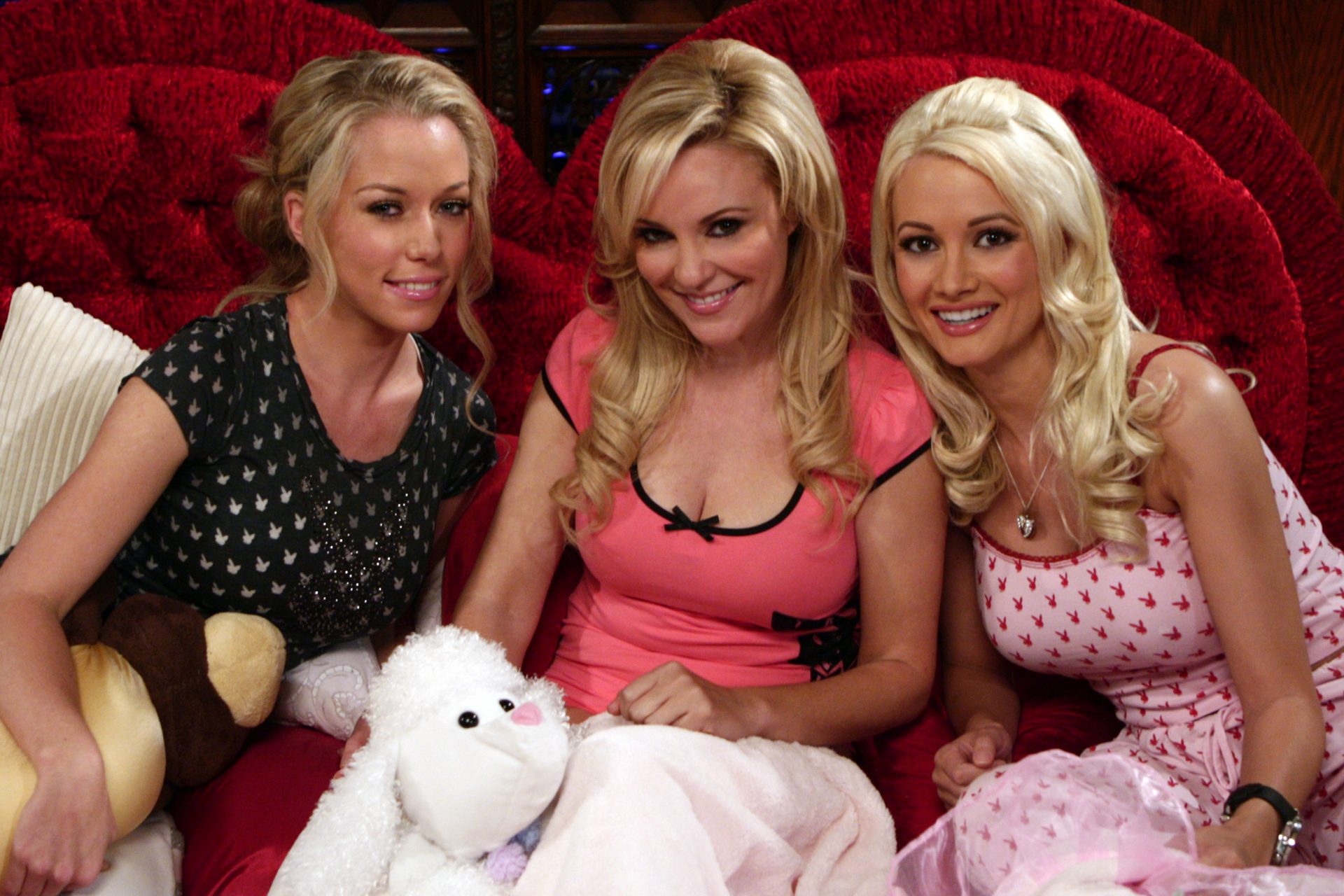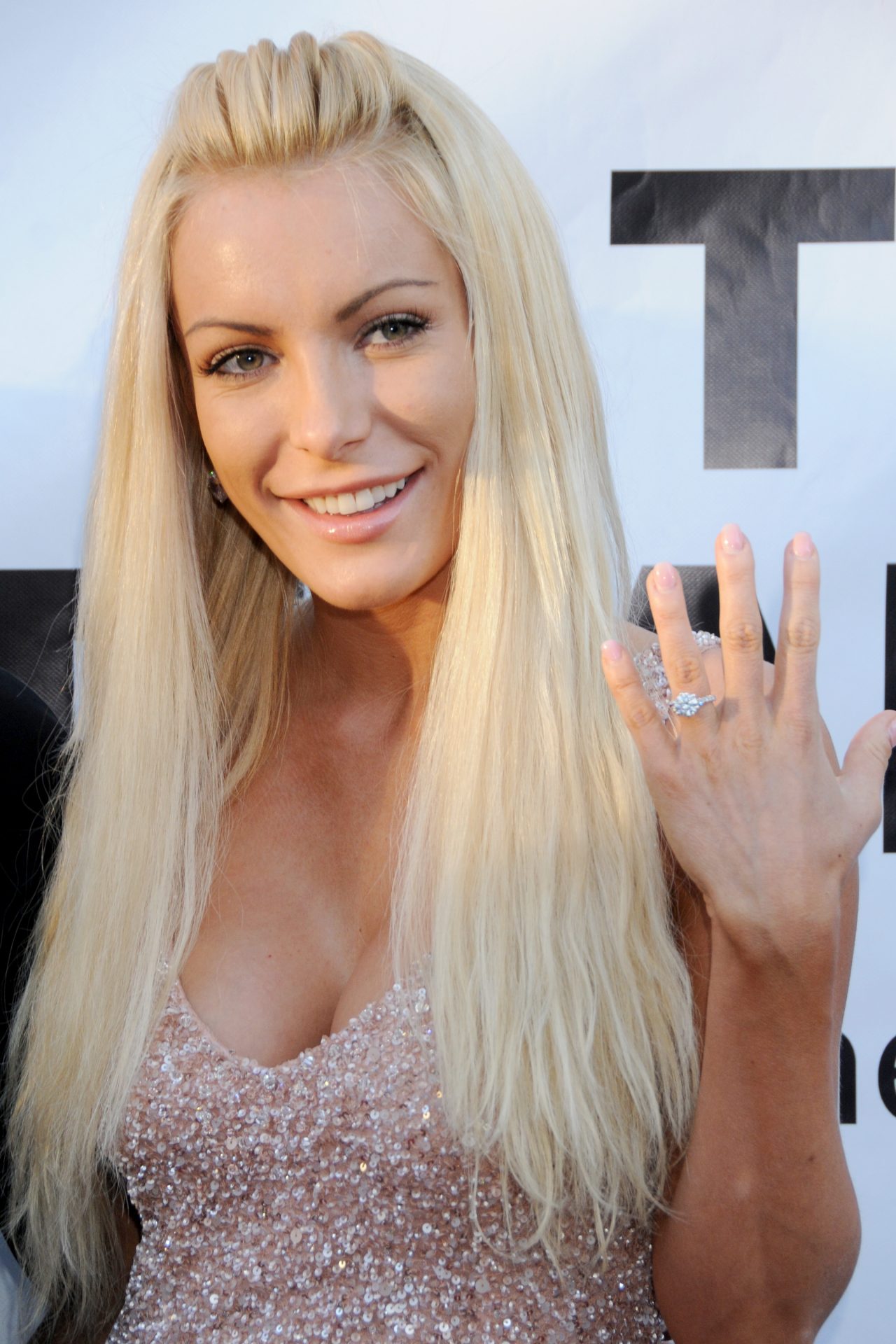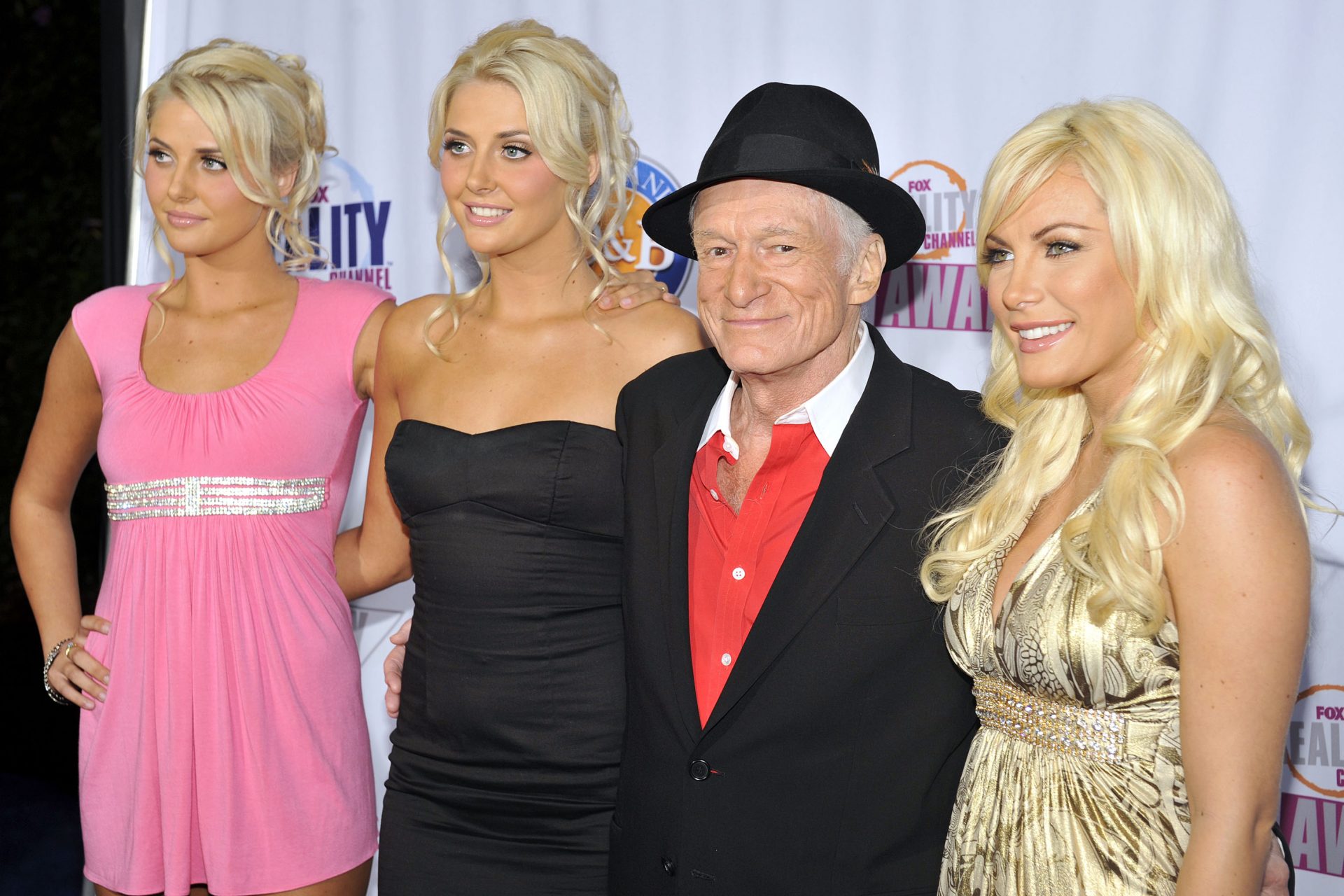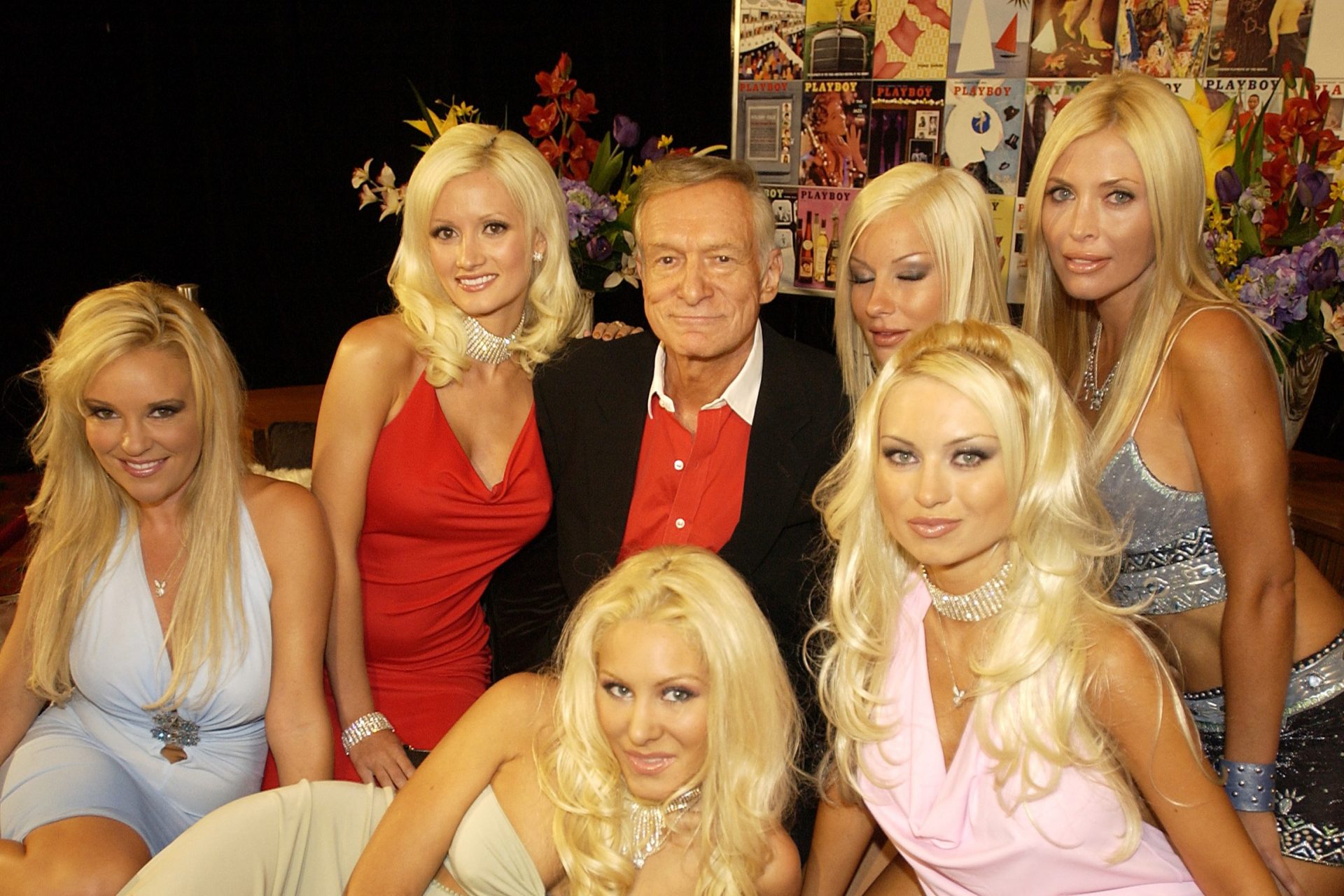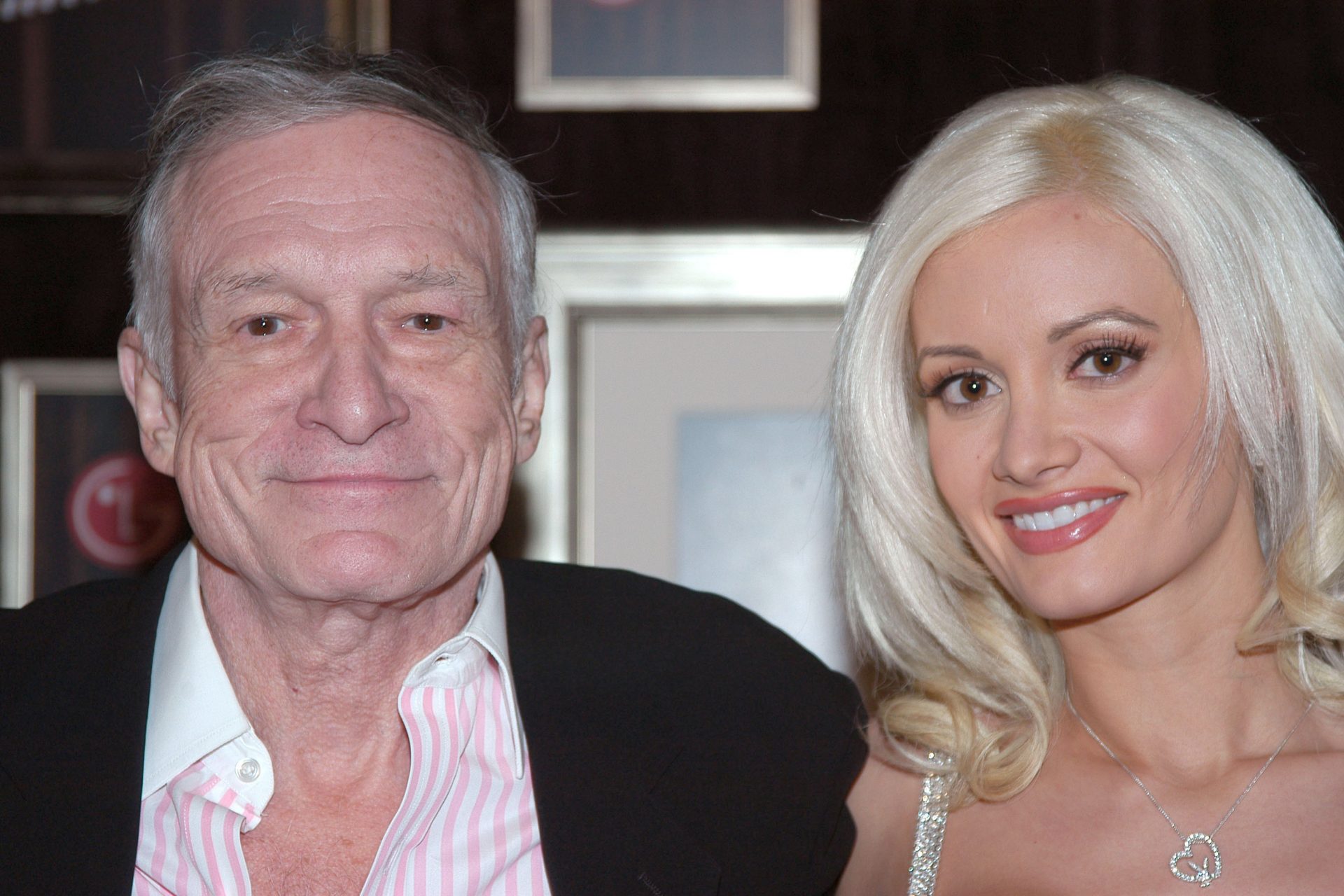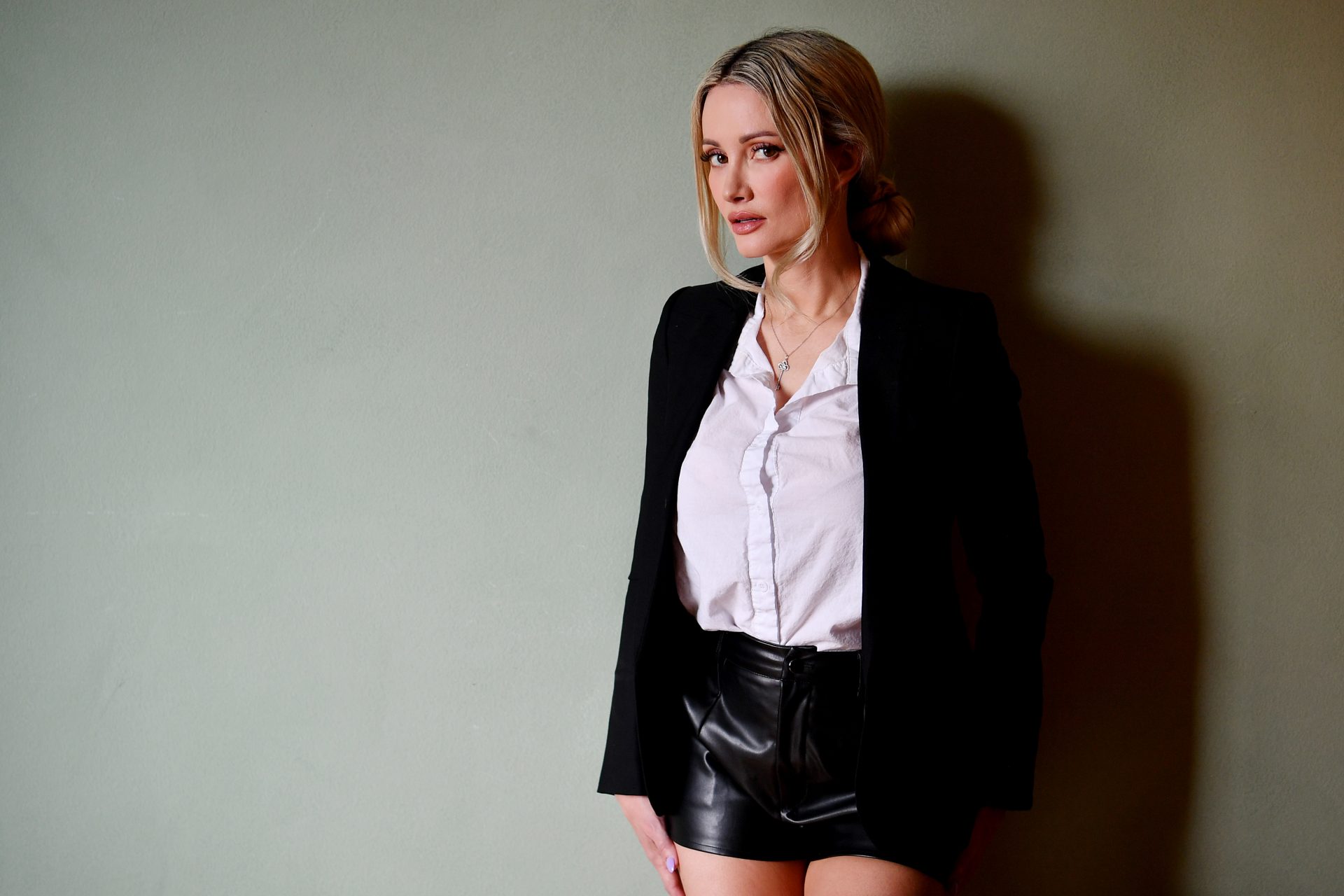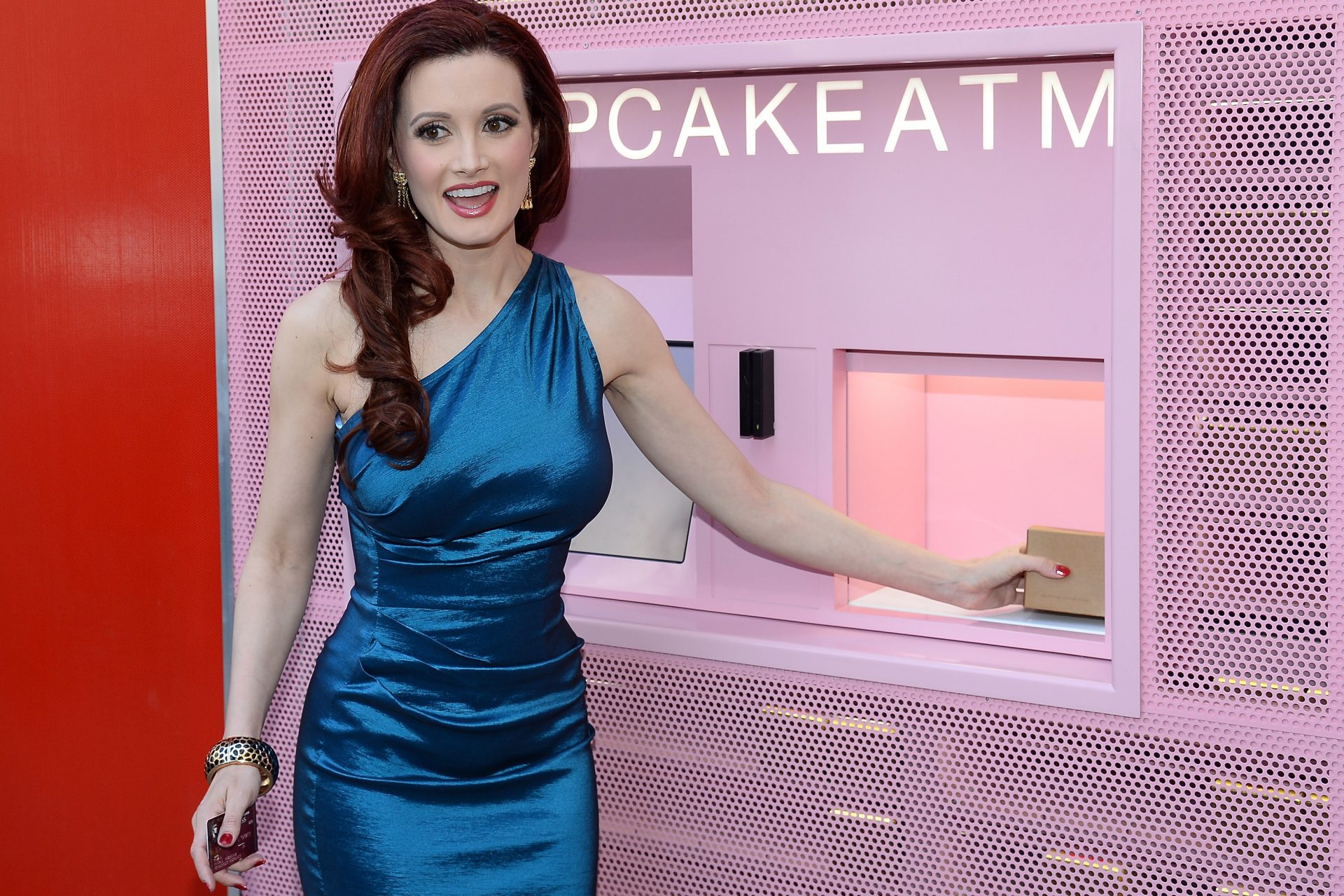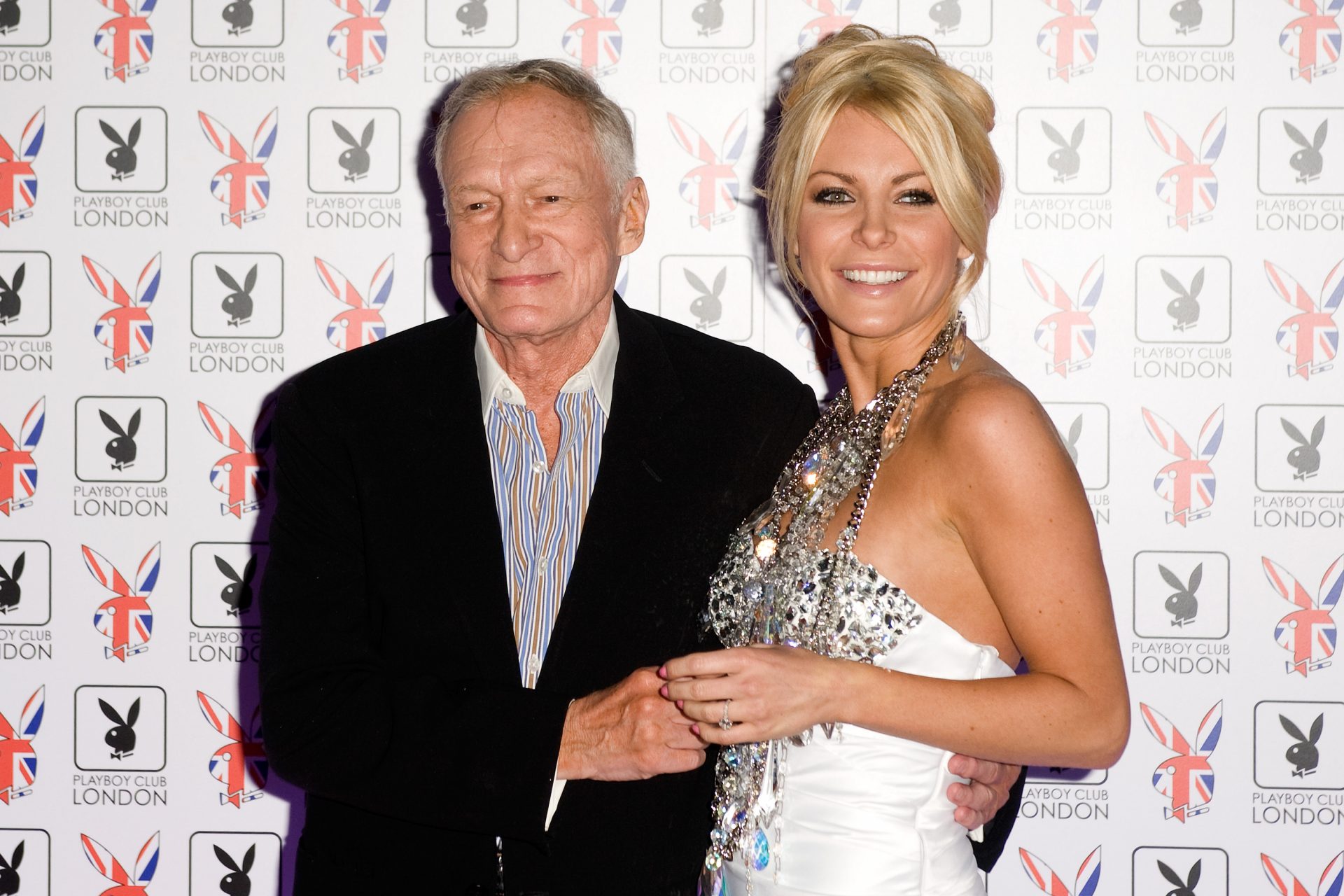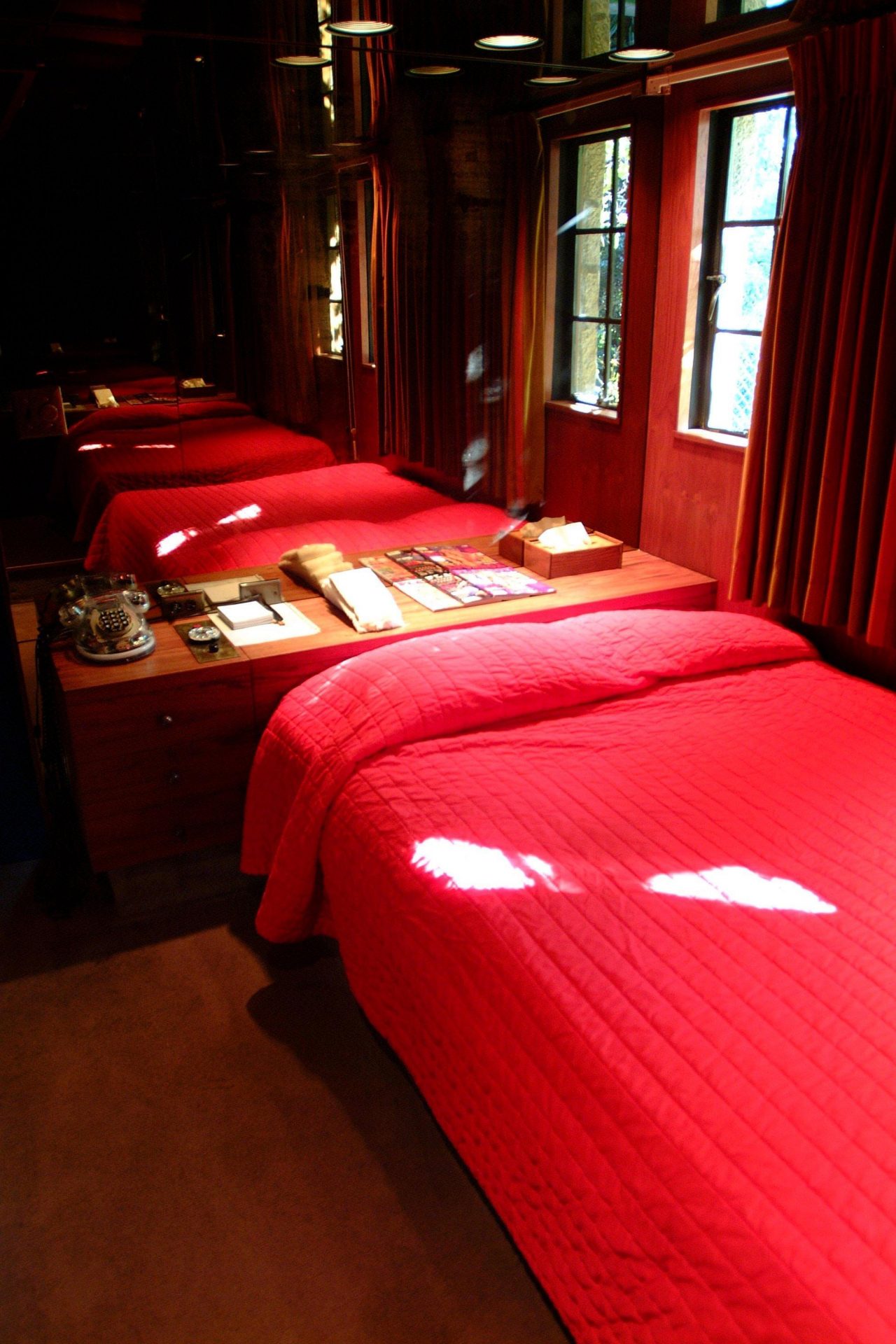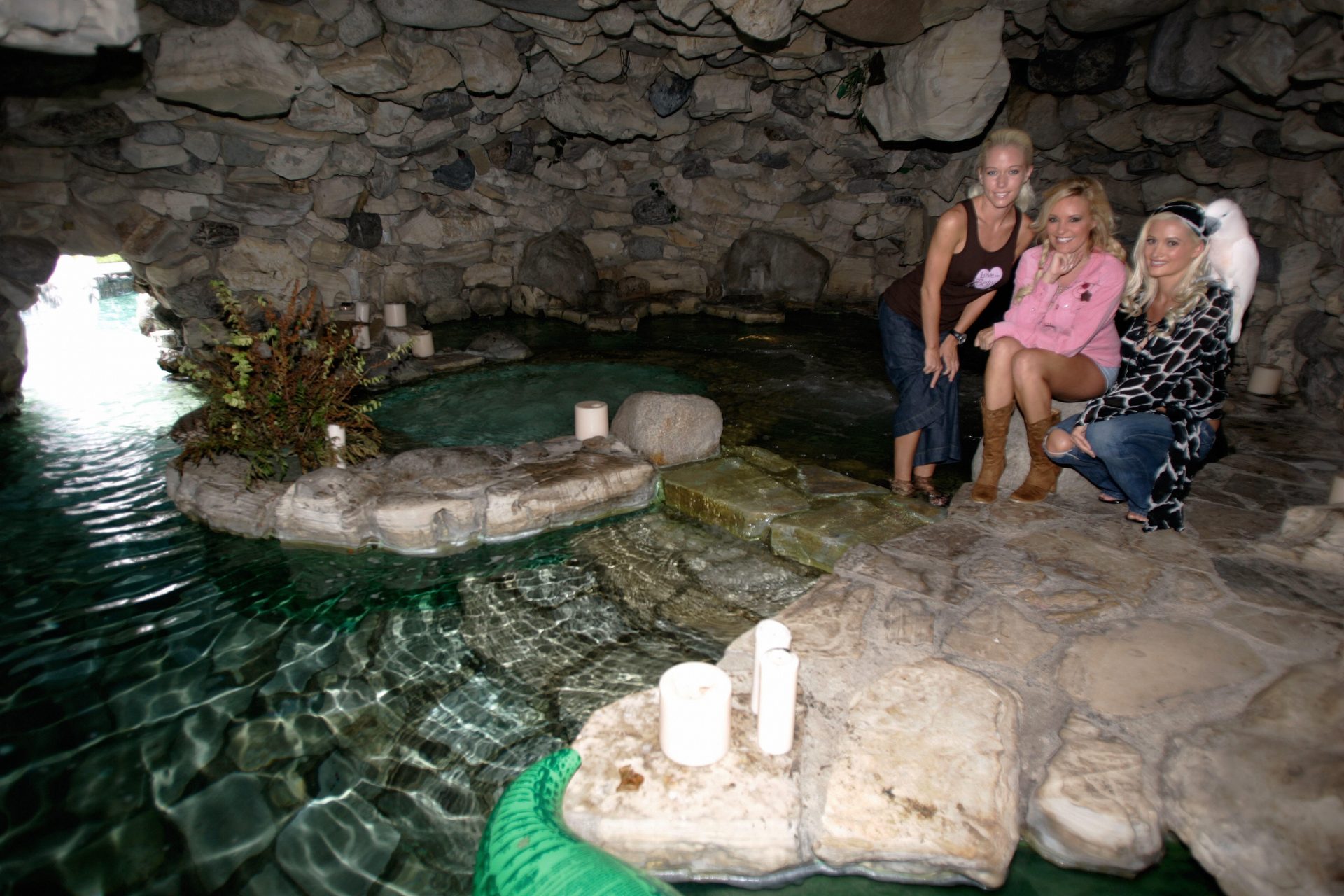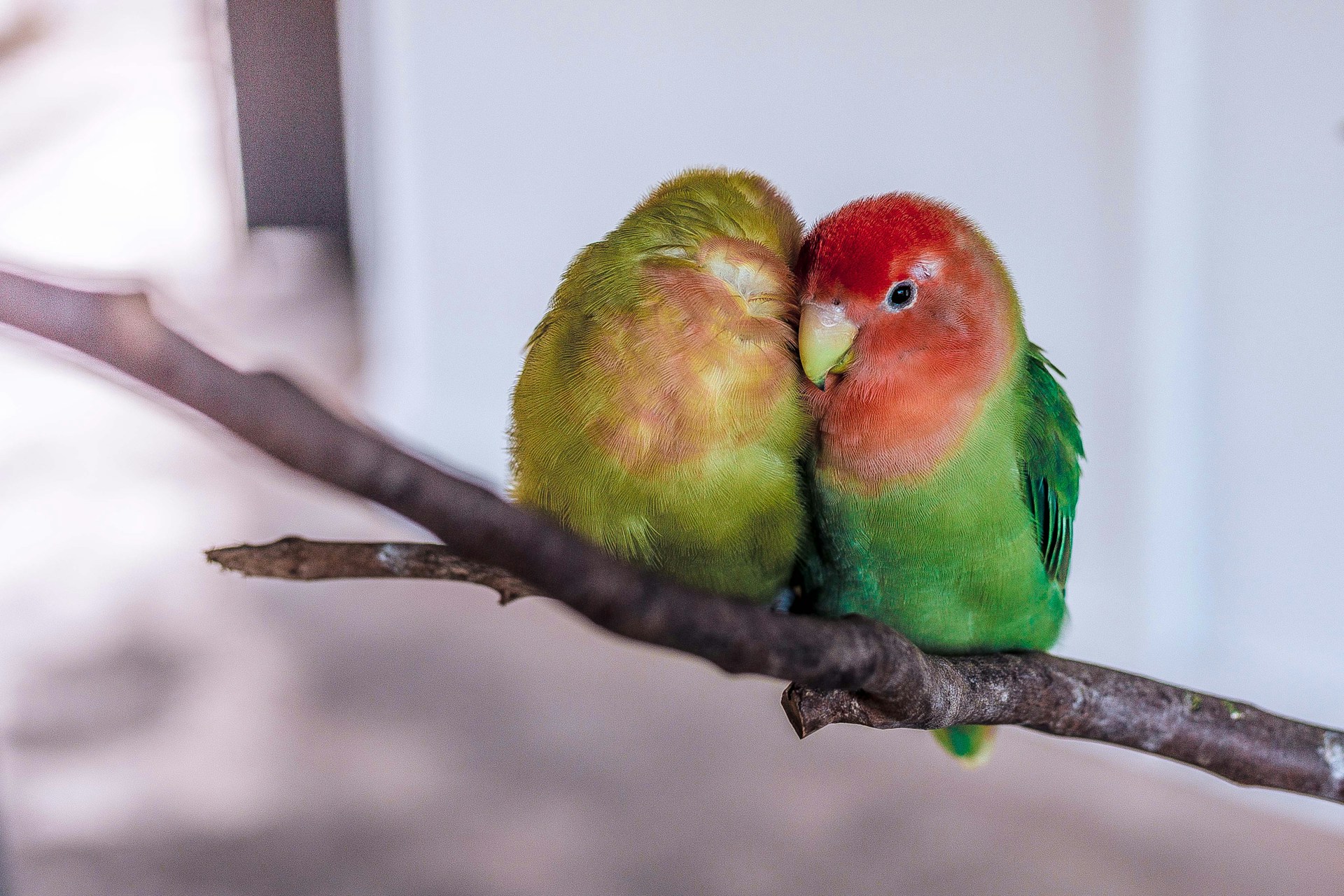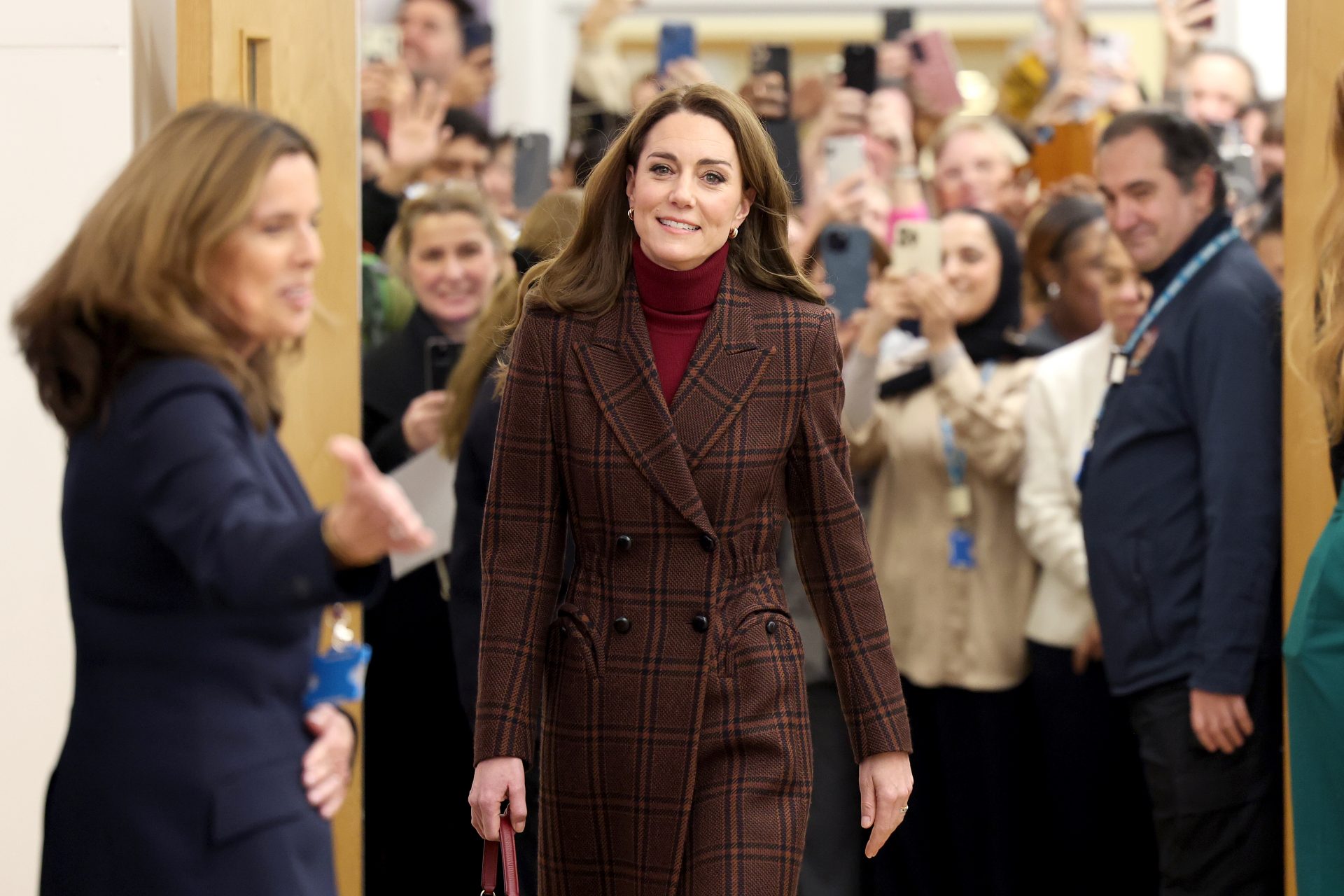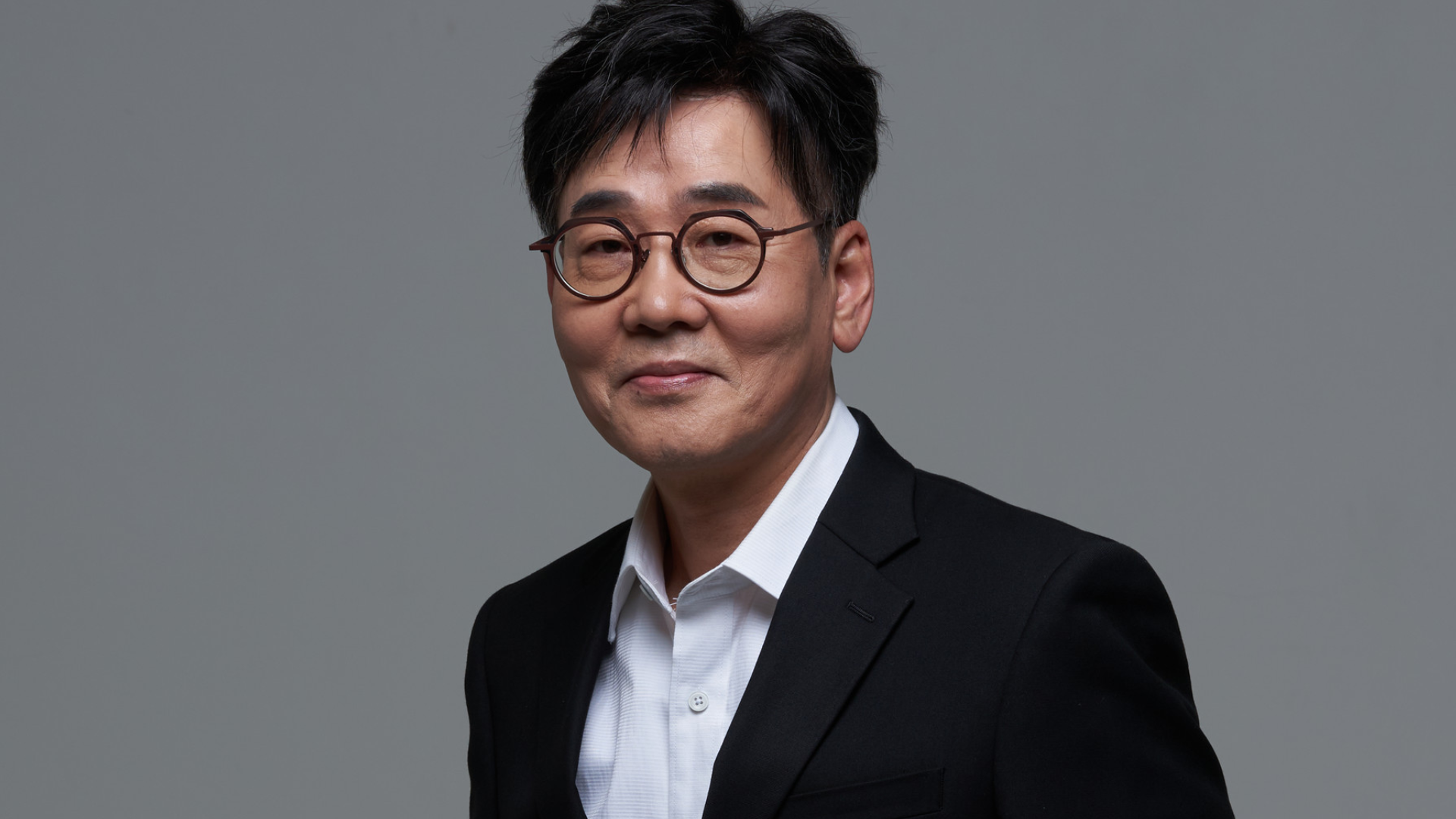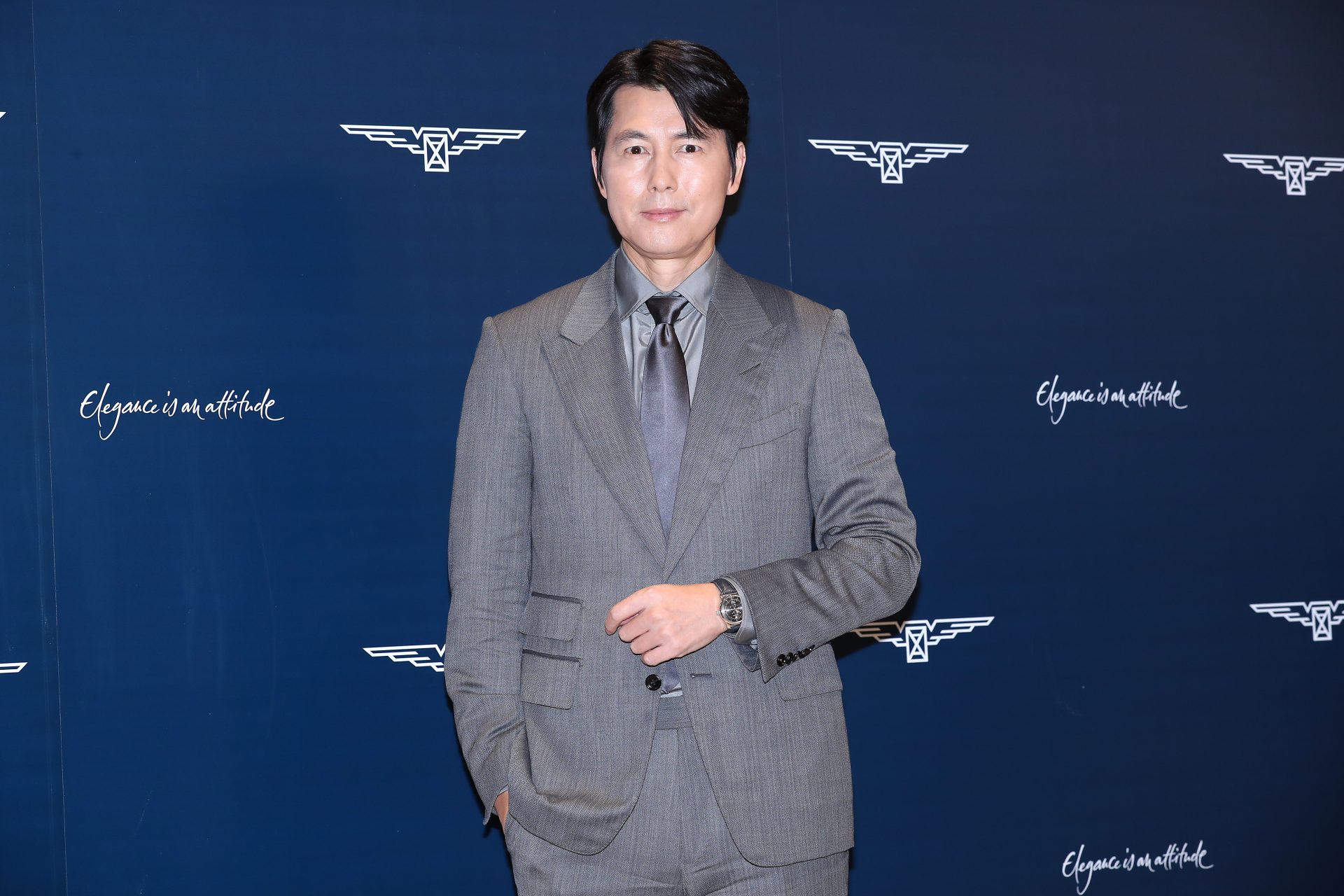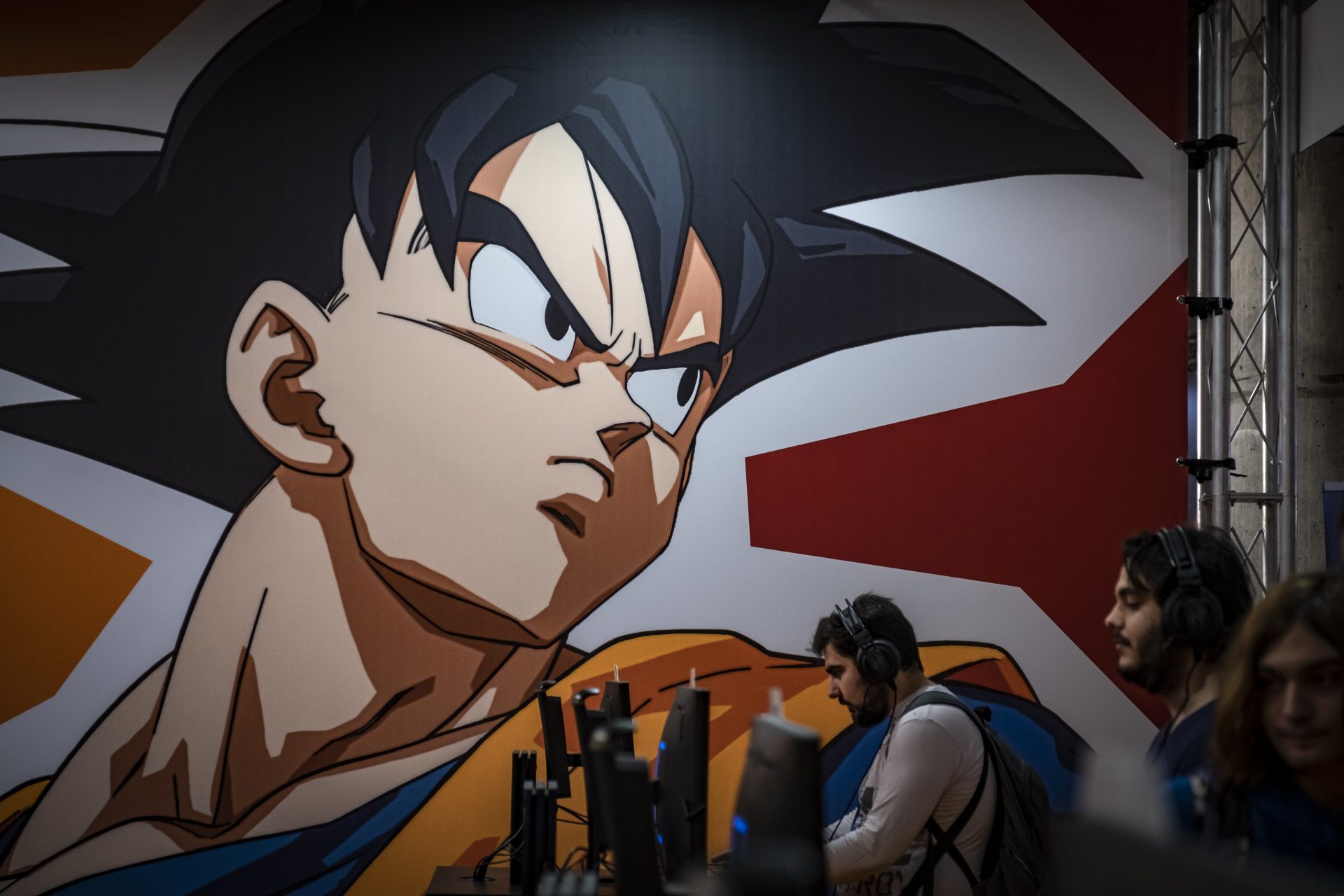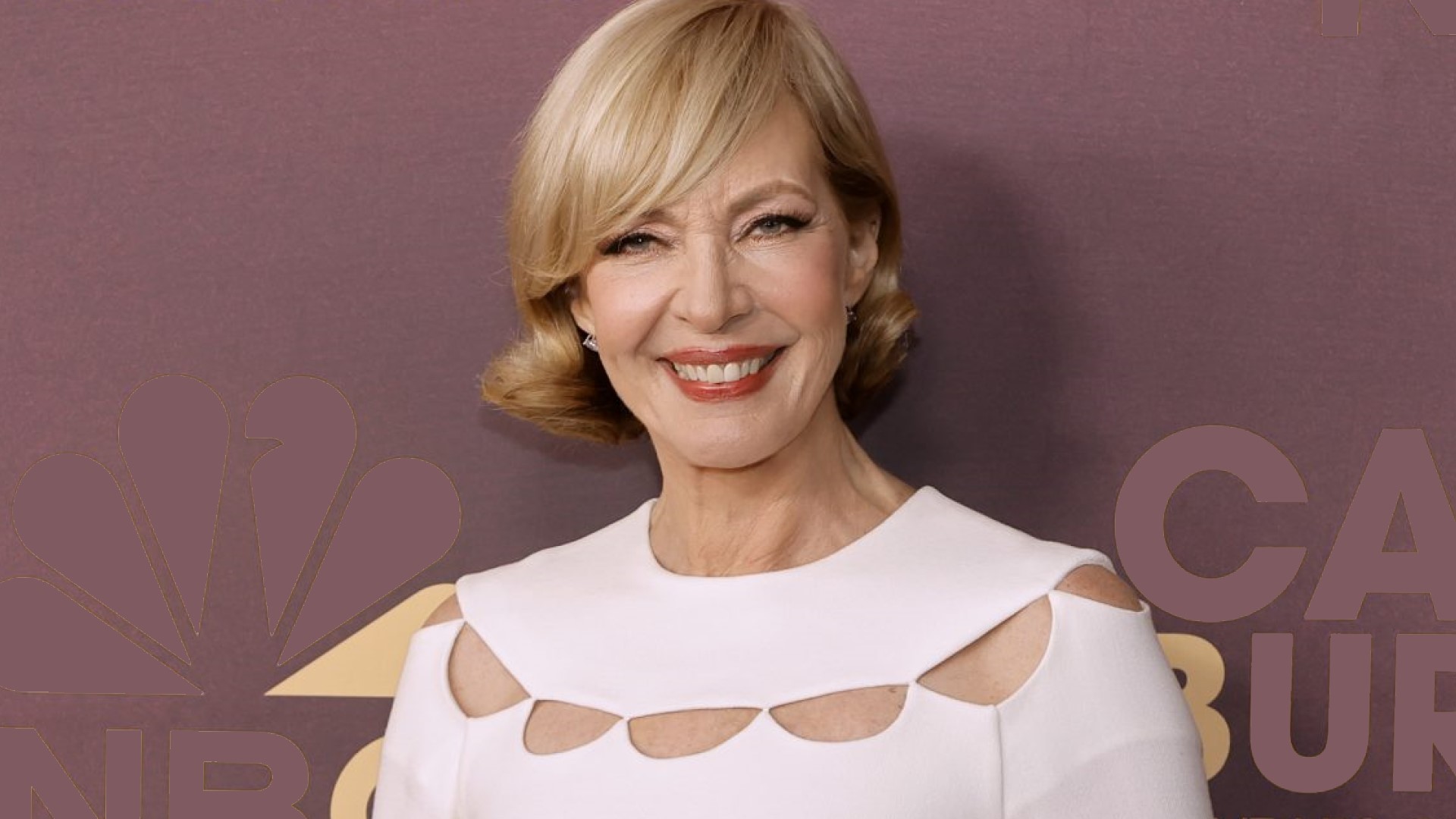A day in the life of a bunny in Hugh Hefner's mansion
Many books have been written about the infamous mansion of Hugh Hefner, particularly by former bunnies residing in the party house. The famous publisher of America's biggest adult magazine died in 2017. Seven years later, his widow Crystal Hefner published a book with memories of her late husband's household. It gives a shocking look at daily life in the Bunny Mansion.
Crystal moved into the mansion in 2008. She had sent her photo to Hugh Hefner and he invited her to one of his parties. Soon after, she quit her studies in Psychology and moved into the house to replace Hefner's ex-girlfriend Holly Madison. Crystal says in her book: "Once you went in, it was so hard to find a way out."
Crystal came from a humble home. Her father died when she was 12 years old, leaving her and her mother in a very precarious situation. When she arrived at the mansion, she was excited: "It was like... Willy Wonka. Because I came from a world where I didn't have much of anything".
"...and thought it was amazing," Crystal told The Guardian in an interview. "But then the walls started to close in on me. I think broken women gravitate towards something like that. I still don't understand why. I'm going back to school to study more psychology."
Crystal revealed to The Guardian that she was in a constant struggle, both mentally and financially. This made it easier for the media mogul to manipulate her. "It's so hard for me to see," she said. Hugh Hefner "wasn't necessarily an aggressive person, but I think he chose women who were broken and easily manipulated."
When Crystal arrived at the Bunny Mansion she was just 21 years old. While writing her book, at age 37, she still can't explain why she put up the things that happened there. As she says to The Guardian: "I was brainwashed, really. How was that all OK? I was in the middle of it for a decade and I'm still trying to figure it out. Like, how did he get away with this?"
Sondra, Hefner's girlfriend back in the 1970s, explains how the mogul controlled the Bunnies. In the documentary 'Secrets of P la yb oy', she said that Hefner "groomed me and twisted my mind into thinking his way was normal. He introduced me to drugs. I'd never had a drink or a drug before going up to the Mansion… and I was underage."
In the same documentary, Hefner's former assistant Lisa Loving Barrett talked about illegal substance abuse as part of her job. She was in charge of obtaining all the prescriptions for sedative pills, which she calls "a necessary evil, if you will, to the partying."
Photo: A&E / 'Secrets of P l a y b o y'
The bunnies were not allowed to work. They got a weekly allowance from Hugh Hefner - "gas money" - of about $1,000. They had to stand in line to get the money. As Crystal recalls, Hefner liked making them wait, so he took his time counting each bill before handing them to the girls.
Izabella St James, a former bunny, points out in her autobiography 'Bunny Tales' that you could lose your allowance if you broke any of the rules. "Strictest of all was the curfew," she writes. "Everyone had to be on the Mansion grounds by 9 pm every night - unless we were out with Hef at a club or a function."
Crystal wrote in her book that there were small holes in the walls of the house, as well as in Hefner's bedroom. "There... were these carved wood panels. And one of the panels on the right had a circular cutout.” When she asked about them, Hugh Hefner just said: "I used to do a lot of filming… I had hours of video, hundreds of [steamy] tapes."
In the videos, there were also "celebrities and politicians and business leaders, some of whom were married," Crystal reveals in her book. When she asked Hugh whether people had known they were filmed, he shrugged and said: "It's my bedroom. My house."
Hugh Hefner always carried a disposable camera so he could take pictures anytime he pleased. "Those cameras filled up with the most incriminating images," Crystal wrote. The staff in the mansion had access to all this material, she added. "I don’t think he really cared about people’s privacy."
In her memoirs, Crystal describes the trip to Hefner's bedroom at the end of the night. "I did things that I wasn't comfortable with. I wasn't physically attracted to an 80-year-old man. I was just trying to get through it. And the other girls? Nobody liked each other. But we'd just be there for Hef."
Jill Ann Spaulding, an aspiring model who asked to be invited to the mansion, explains in her book 'Hefnerland' that the girls had to take a bath before going to bed with the mogul. "I got in, then another girl appeared from nowhere and jumped in with me. Then Hef stepped around the corner and took a photo of us [without clothes] in the bath together before disappearing."
Spaulding explains that there was a communication system involving the girls' pajamas. "If you kept your pajama bottoms on, that was a sign that you didn't want to have contact that night." On her first night, she didn't feel comfortable and kept her bottoms on. She also points out that Hefner never used protection, which made her very uneasy.
Why did Crystal Hefner marry a man who was 60 years older than her? As she claims in her book, she felt obligated to say 'yes' to his proposal: "He just handed [the ring] to me in a box and said that he hopes it fits," she wrote. "I feel that maybe he didn't ask me because then it didn't give me the option to say no." Perhaps unsurprisingly, she signed a prenup.
A reality show with this title followed Hefner's life with his three most important women, Kristina, Karissa, and Crystal. Even though it was named after 'The Girls' of the Bunny Mansion, Crystal did not get a penny of the $400,000 that Hefner's production company made. The special episode of Crystal and Hugh's wedding generated $800,000. When Crystal asked for a share of the profit, Hefner refused.
Soon after the wedding, Crystal tried to escape. "I realized I had no freedom. Everything was based on Hef's schedule and I never got a say. Which is the opposite of the liberation and freedom that, supposedly, Pl ay bo y was meant to be about," she told The Guardian. After several attempts, Crystal succeeded to flee one day by telling the security guards she had to buy some tampons. She stayed away from the mansion for a year.
Holly Madison also talked about the lack of freedom in her book 'Down the Rabbit Hole.' "Everyone thinks that the infamous metal gate was meant to keep people out. But I grew to feel it was meant to lock me in."
Hugh Hefner liked to share the bed with many people at the same time. For Crystal, that was alright, even though they were married. "While distasteful, [it] was better than the alternative," she says in her book. "The handful of times he tried to be romantic or intimate with me, only me... it was just awkward. It was clear he had no idea how to do it".
Madison was very straightforward about her experiences in Hefner's bedroom. On Bridget Marquardt's podcast, she said: "It was just, like, hell. We thought of it as a chore that we had to do or else we'll get kicked out of the house. And everybody just wanted to make it go by as quickly as possible."
In the 'Secrets' documentary, Madison admits to having bowed to the pressure of the situation several times. "I got to a point where I kind of broke under that pressure and was made to feel like I needed to look exactly like everybody else."
Holly explains in the New York Post that, one day, she decided to cut her hair as a confidence booster. Hugh Hefner didn't like it at all. "I came back with short hair and he flipped out on me. He was screaming at me and said it made me look old, hard, and cheap."
In her memoirs, Crystal writes that if she gained a few extra pounds, Hefner immediately told her to "tone up." And when her natural brown hair color started to show, he would tell her to go blonder.
Meanwhile, the house itself was not very well kept. As Izabella St James writes in her autobiography, the rooms were decorated as if someone had gone to a charity store and bought the basics. "The mattresses on our beds were disgusting - old, worn, and stained... Hef was used to dirty carpets. The one in his bedroom had not been changed for years."
In 2011, after more than 100 people fell ill with fever, headache, cough, shortness of breath, and aches, health inspectors found traces of Legionella bacteria in the mansion's hot tub, as reported in the Guardian at the time.
Crystal recounts in her book that Hugh had two lovebirds in a cage in the corner of his room. They often dropped dead, and the staff would simply replace them the next morning without checking to see why the birds died so often. Crystal checked the cage and noticed the water bottle was broken. "The birds had been dying of thirst this whole time and the mansion staff just kept replacing them." It was an example of the decadence of the place and the disposability of the beings inside it.
Photo: Isaac Benhesed / Unsplash

